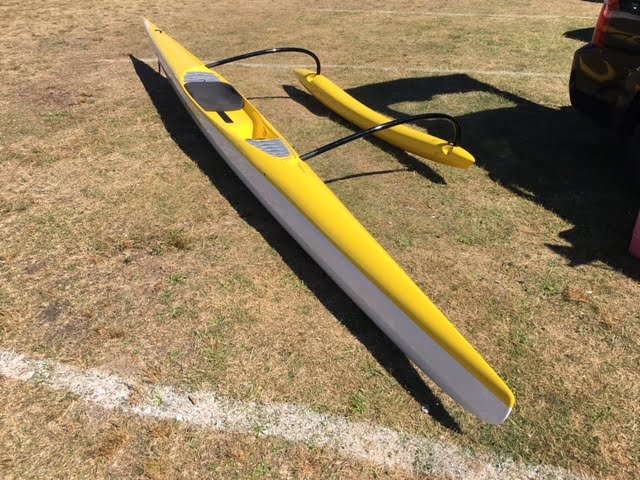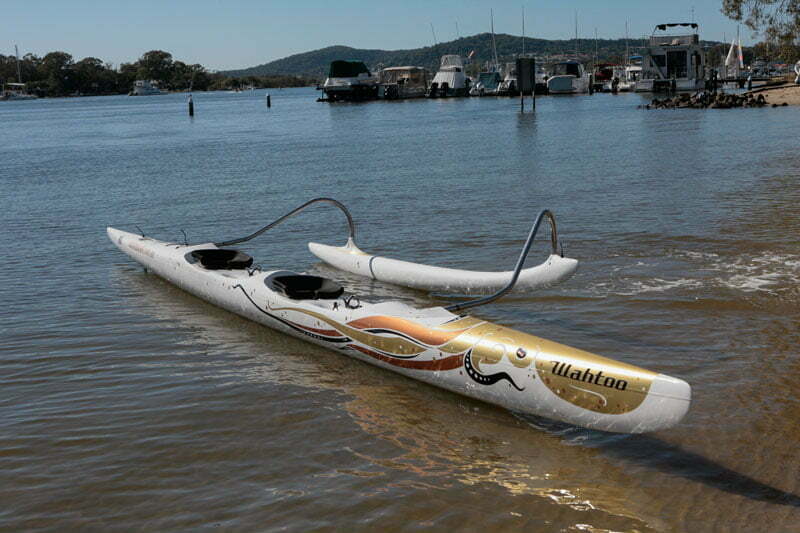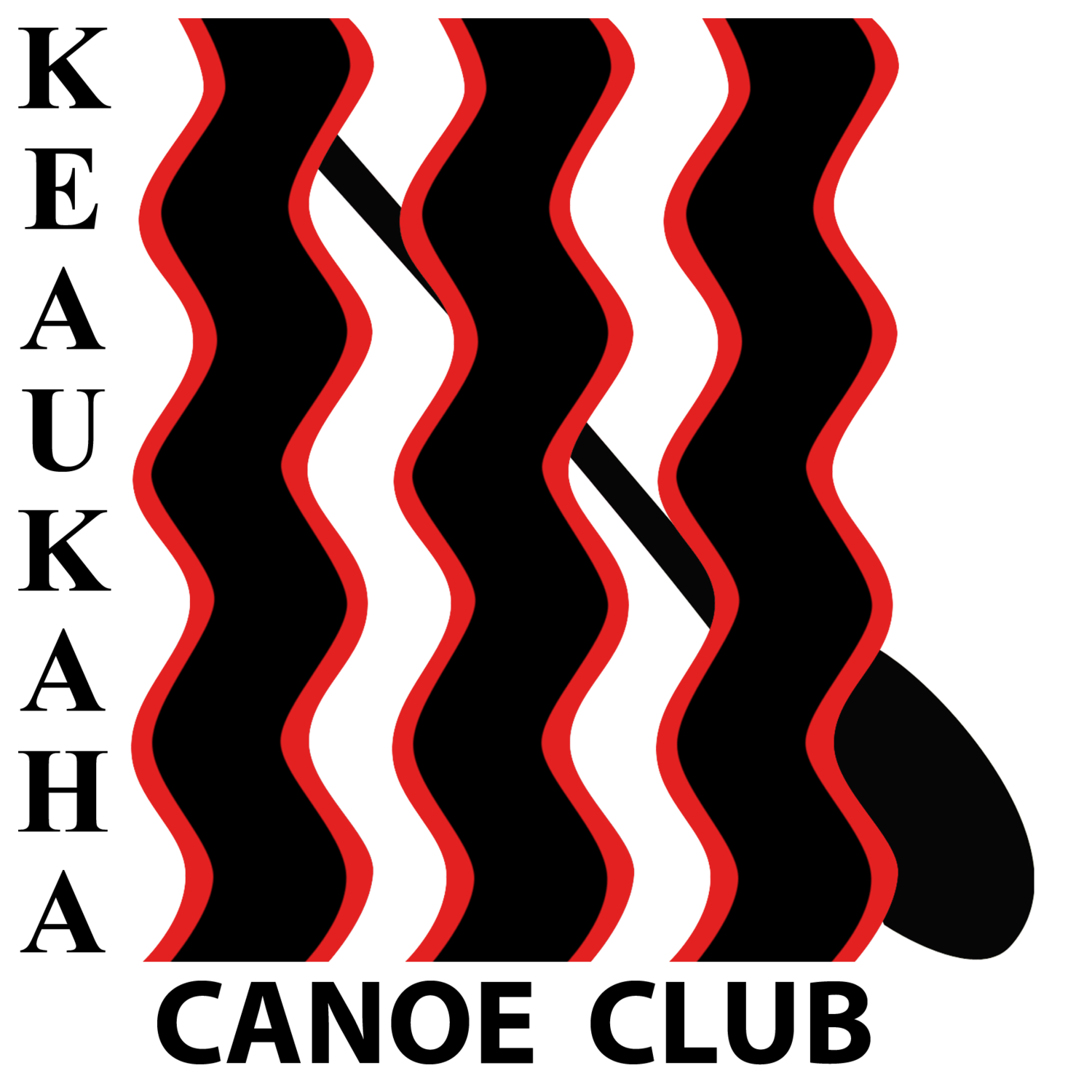Terminology
OC1 – Ocean Canoe, 1 Person, also called “one-man”. Typically has a steering rudder.
OCx -Ocean Canoe, X number of people (2, 3, 4, 6, 12). An OC2 is typically called a “two-man”, OC3 a “three-man”, etc. and typically only OC1/OC2 have rudders.
V1 – This is based on the Tahitian rudderless (Va’a). It does not have a rudder and is often just called “Rudderless”
OC6/V6 – Commonly called “six mans”, they have no rudder and can be made of fiberglass, Koa, or carbon fiber. The “spec” boats of Koa and fiberglass need to meet a strict set of specifications which include weighing at least 400 lbs. The Carbon Fiber boats are in the “unlimited” category and they try to optimize strength and weight. Some of the lightest are about 140 pounds.
Why?
These canoes are a training and racing platform for individuals to test themselves and improve. They are critical to advancing in any competitive level as they build the following skills rapidly:
- Strength
- Endurance
- Navigation
- Weather Comprehension
- Understanding of ocean currents
- Understanding of surfing waves
OC1 or V1?
Having a rudder (OC1) allows you quick control of the canoe. This removes a huge learning curve of leaning how to both paddle and steer your boat. The OC1 is a closed boat, meaning the water won’t enter the hull even if submerged by a wave.

Then why a rudderless? A rudderless canoe has a much greater range of motion. It turns quicker even when you might not want that, and it surfs well. Without the rudder there is less drag and a better “feel” for the ocean surface. Learning to paddle a rudderless will fine tune your technique and increase your awareness of the ocean waves which is a very difficult skill to develop. V1’s are open hulls meaning if you flip or take a big wave, the boat can fill with water and require bailing.

OC2
Two man canoes have rudders and theoretically about 20% faster than an OC1.

Workouts and Races
These one and two man canoes offer the biggest amount of freedom in terms of training and racing as there are less people to coordinate and easier to transport on the tops of cars.
For many, one and two man training never stops and goes year round in Hawai’i. Races typically start in November and carry on until May with some special events sometimes in the summer.
Our club rents almost 100 stalls exclusively to members for OC1/V1 crafts and is typically full.
